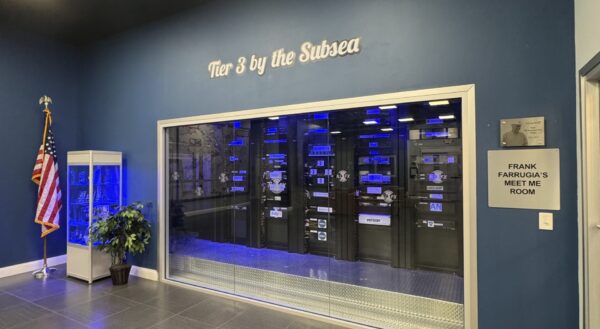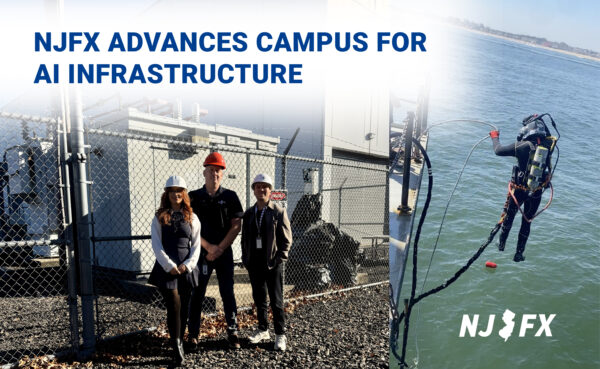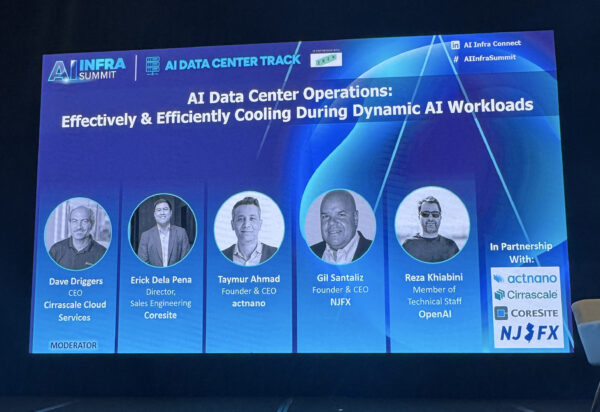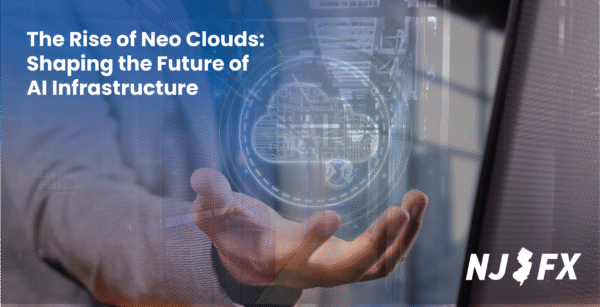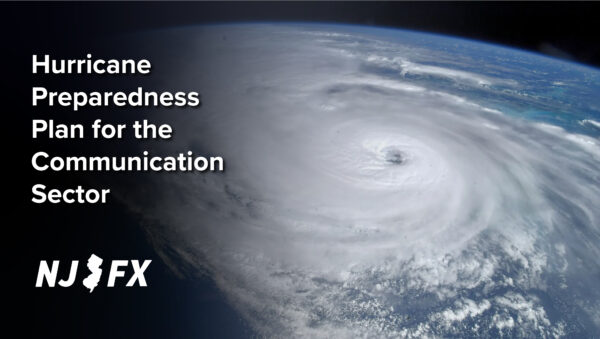Insights from the 7x24 Exchange Panel on The Great Fiber Network
Gathered Leaders who are Shaping Digital Infrastructure with new innovations in Power Consumptions, Equipment, and AI
An NJFX Article
September 20, 2024
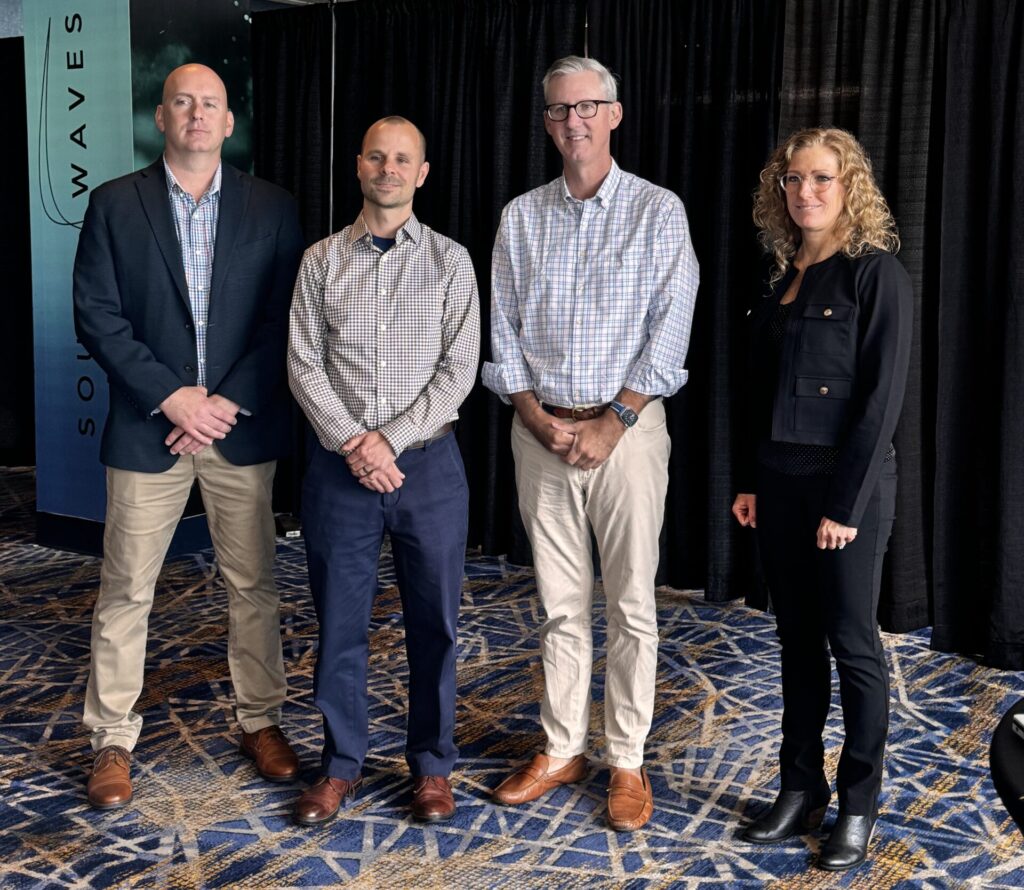
The 7×24 Exchange event in Atlantic City was nothing short of electric! A gathering of the industry’s top minds, from engineers to data center visionaries, this conference was the place to be for anyone looking to stay ahead in the rapidly evolving digital landscape. The event was packed with forward-thinking insights all aimed at tackling the big challenges and seizing even bigger opportunities shaping the future of global connectivity with cutting-edge discussions on fiber networks, subsea cables, and hyperscale infrastructure. Esteemed speakers like Bret Crosswinds from Coreweave and Joe Liccardo from Coresite provided invaluable perspective of AI end users and the demand for speed-to-market. In attendance were other innovators from companies like Tierpoint, Bala Consulting, Schneider Electric, SSI and much more!
Among the highlights was a powerful panel discussion on “The Great Fiber Network,” with expert leaders such as, Jason Walker from DC Blox, Ryan Imkemeier from NJFX, Gabe Sudduth from Corning, and Terri Schiavello from Corning who expertly moderated the conversation. The panel tackled some of the most critical topics facing the industry today, including the explosive growth in fiber density, the increasing role of hyperscalers, and the operational challenges of building out a resilient, future-proof fiber infrastructure.
The conversation delved into the critical role subsea cables play in today’s hyperconnected world. Gabe Sudduth, Product Line Manager at Corning, underscored the importance of these undersea lifelines: “Approximately 95-99% of intercontinental traffic is carried by subsea cables. There are currently 400-600 operational cables, with many more in the pipeline, highlighting the crucial role these systems play in global communications.” The panel further emphasized the ongoing efforts to meet increasing demand, particularly through the exponential growth of fiber counts per cable, which have surged from 432 to 1,728 fibers.
Ryan Imkemeier, VP of Operations at NJFX, highlighted the operational challenges and the growing need for additional cable landing stations. “As data demand rises, so does the need for more cable landing stations. Securing permits and overcoming local regulatory hurdles are essential steps in accelerating fiber buildouts from these stations to hyperscale data center campuses and metro fiber routes.” He also emphasized the complexity of new higher count subsea fibers and the role of the power feed equipment (PFE) to power the repeaters, branching units and other subsea equipment based on design.
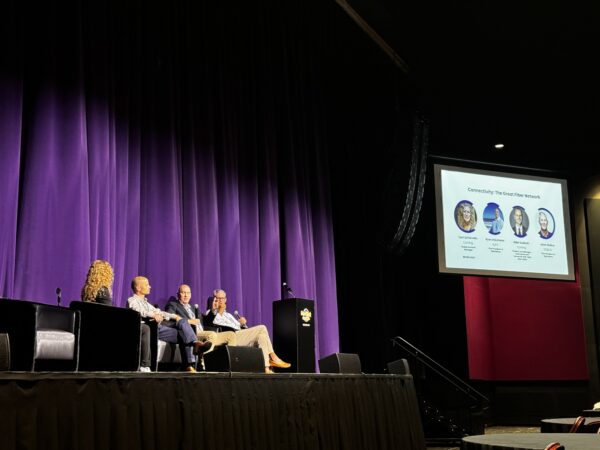
Jason Walker, VP of Operations at DC Blox, shared insights into how hyperscalers are rebuilding the internet by deploying 10 megawatt network nodes and implementing new fiber pair systems capable of transmitting over 20 terabytes per pair. “Hyperscalers are reserving old cables to ensure the necessary infrastructure for future AI workloads, pushing the boundaries of what our networks can handle,” he explained. Jason also noted the growing trend of hyperscalers constructing their own high-capacity dark fiber routes from cable landing stations to data center campuses, as demonstrated by companies like Google.
The panel also tackled the hurdles involved in expanding the fiber network. Jason emphasized the supply chain challenges, particularly in securing local permits for building new infrastructure. He shared the example of their Myrtle Beach cable landing station project, which faced significant delays due to regulatory approvals and navigating residential and commercial developments.
As the conversation shifted toward AI’s impact on the industry, Ryan pointed out the growing demand for liquid cooling solutions to support the higher density racks needed for AI applications. Jason highlighted the effect of GPU chips on data center design, stressing the importance of adapting infrastructure to meet these new power and cooling requirements.
Gabe Sudduth rounded off the discussion by stressing the importance of staying ahead of the curve in fiber technology: “The industry is experiencing exponential growth, particularly in fiber density. Moving from 432 to 1,728 fibers in a single cable is just the beginning. We need to continue engaging with subsea cable providers to transition to multi-core fiber designs that can handle the future’s bandwidth demands.”
The panel wrapped up with questions from the audience, touching on topics like security protocols for cable landing stations, alternative routes for subsea cables, and the power requirements of next-generation networks. Jason and Ryan both agreed on the need for stringent security measures at cable landing stations, including multiple layers of physical security, surveillance, and collaboration with government entities. Ryan Imkemeier touches on the Confluence Cable, “There is a subsea project, Confluence, that would be an alternate wet cable with branching units connecting New Jersey, Virginia Beach, Myrtle Beach, Jacksonville, and Boca providing diversity from the traditional I-95 route.”
In conclusion, the 7×24 Exchange panel provided a comprehensive look at the future of fiber networks, highlighting both the challenges and opportunities in this rapidly evolving field. As Jason succinctly put it, “The hyper-scale-driven growth in fiber connectivity shows no signs of slowing down.” With advancements in subsea cable technology and the rise of hyperscale networks, the fiber network industry is poised for a future defined by innovation and resilience.
Want to learn how you can Expand your Network to New Heights
Reach out and talk to an expert today

